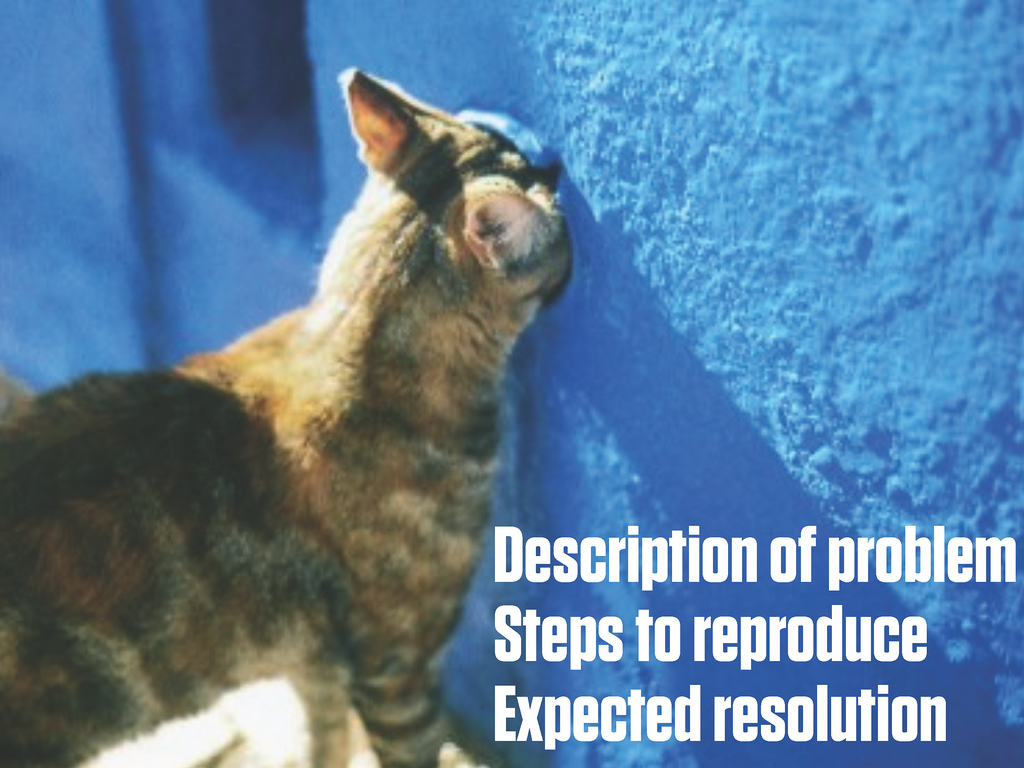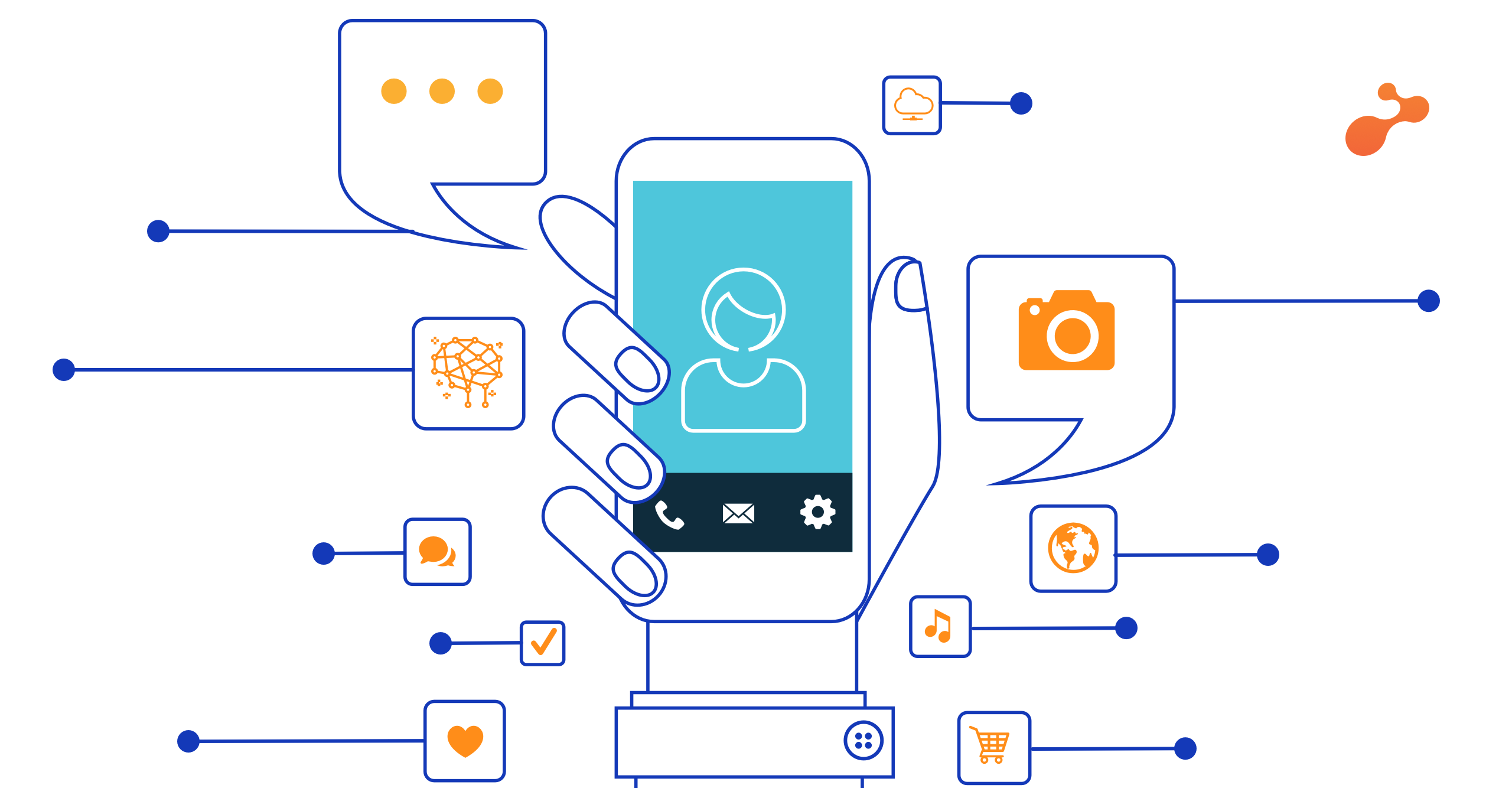The main objective behind software testing of an application is to make the product bug free by digging out bugs in the software. Bugs are essentially mistakes committed by humans in software code or in its design. While we are confident enough while reporting the bug, we are often stuck at the question – ‘What should be done after a bug is found?’
And the answer is simple really. Once a bug is found, the developer should be communicated using ‘defect tracking tools’ such as JIRA, Rally etc. Before reporting the bug, make sure it has good bug summary, actual steps to reproduce the bug, conditions under which the bug occurs, how many time it occurs, priority and severity of the bug, type of bug and expected results of the bug. Attach screenshots to prove that a bug has been encountered. The bug report should be well documented so that a developer can get the exact reason of failure which will help him/her to solve the problem quickly.

While reporting the bug, it should be divided into various categories like GUI, Functional or Business, Navigational, Validation error etc. which will help in bug management. The approach of testers is crucial to the bug being fixed quickly and correctly. Urgency to fix the problem should also be considered. Urgency is nothing but the priority of the bug which can be set from P1 to P5. The P1 means “first fix this bug i.e. priority is highest” and P5 means “No urgent, when get time then fix it”.
Bugs should be categorized according to their impact which underlines their severity. Types include Blocker, critical, major, minor, trivial and enhancement. Before adding a bug, make sure that we are not adding a duplicate bug (which is already logged). Along with the bug report, add extra bits of information. This helps developers to picture the exact scenario and steps to understand the problem. Information can be about the types of hardware and software, environment configuration, setup and versions (like browser version and name), among others.
Here are some useful pointers to write a good bug report:
1) Report the bug as early as possible: When you find a bug during testing, report it immediately in the Defect tracking tool. This enables developers to get a sense of the problem and solve it.
2) Crosscheck before reporting the bug: Bug should be reproducible and actual steps to reproduce it must be mentioned in the report. If the bug occurs ‘Sometimes ’ or ‘Always’, it should also be mentioned in the bug report .
3) Check occurrence of the same bug in another module: Many times the same issue might creep up in other modules of the project as well. Check this before submitting a bug. If you find it, mention it in the bug report.
4) Write a good bug summary: Summary of the bug should be short and simple. Based on the summary of the bug, developers can understand the nature of the bug. The bug summary should be well communicated.
5) Avoid use of offensive language in bug: Once you find a bug, never use offensive language against developers or other individuals involved in the project.
6) Review the bug report before submission: Bug should be reviewed before report. Check for Title, summary and steps to reproduce in the bug report. As mentioned above, check for any offensive language which is used in the bug report. This can lead to misunderstandings.
The Bug Report is the document used for communication between developers, managers, lead and tester about the bugs in the system. Quality bug reports strengthen the relationship between testers and developers.
References:
(Photo: Flickr)





